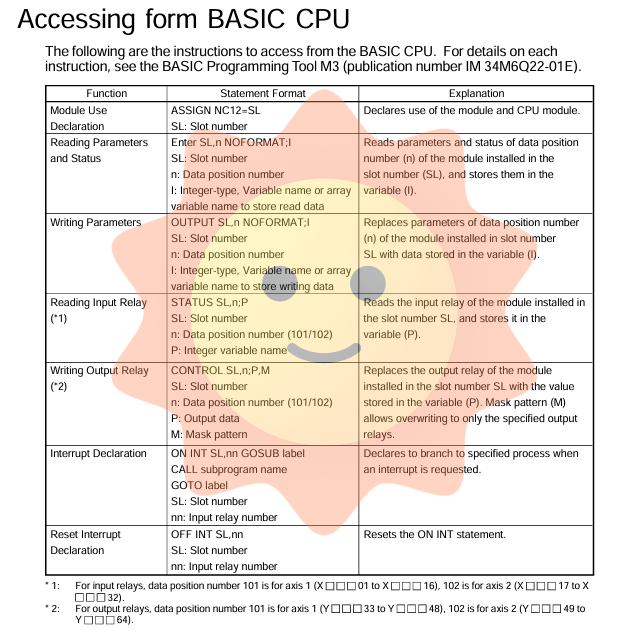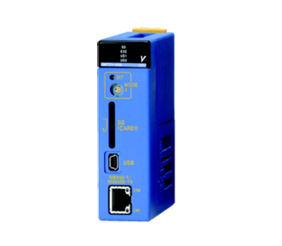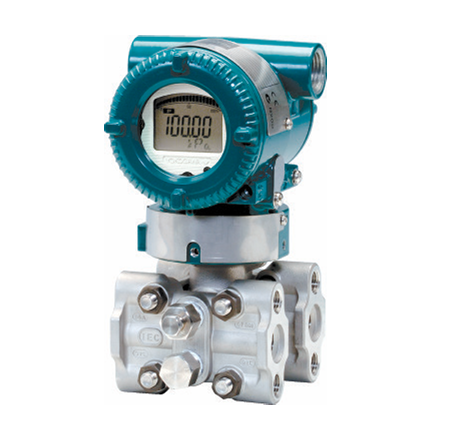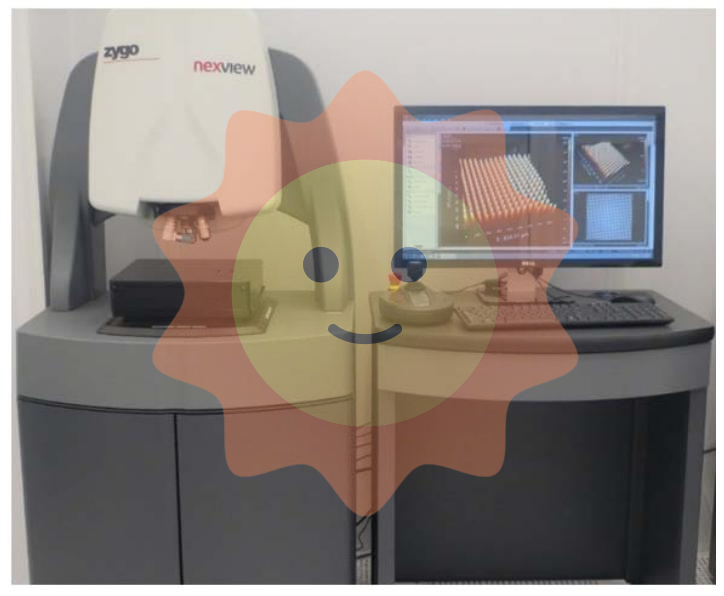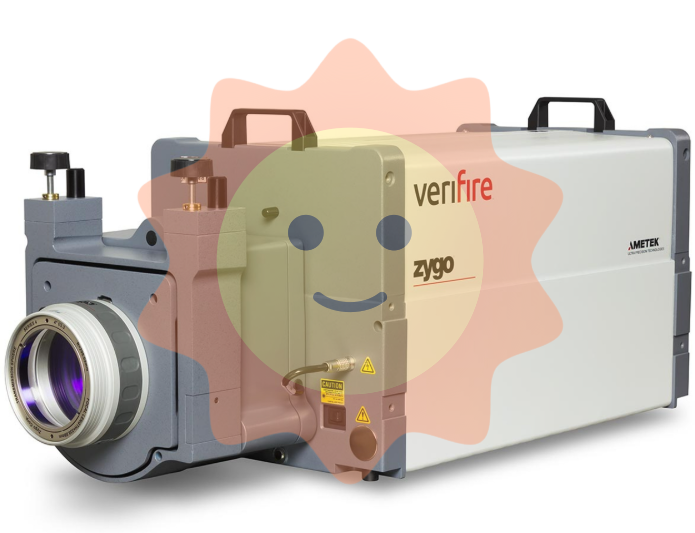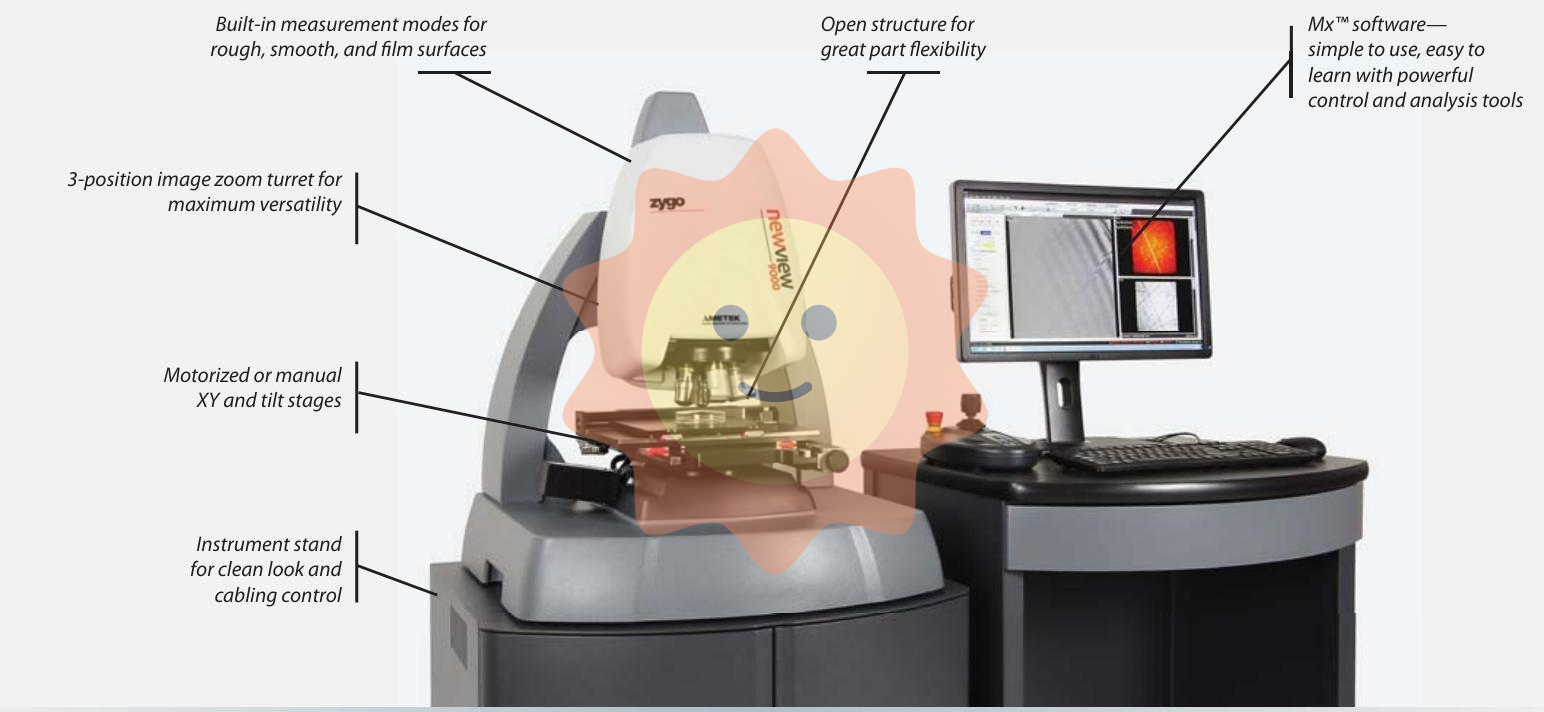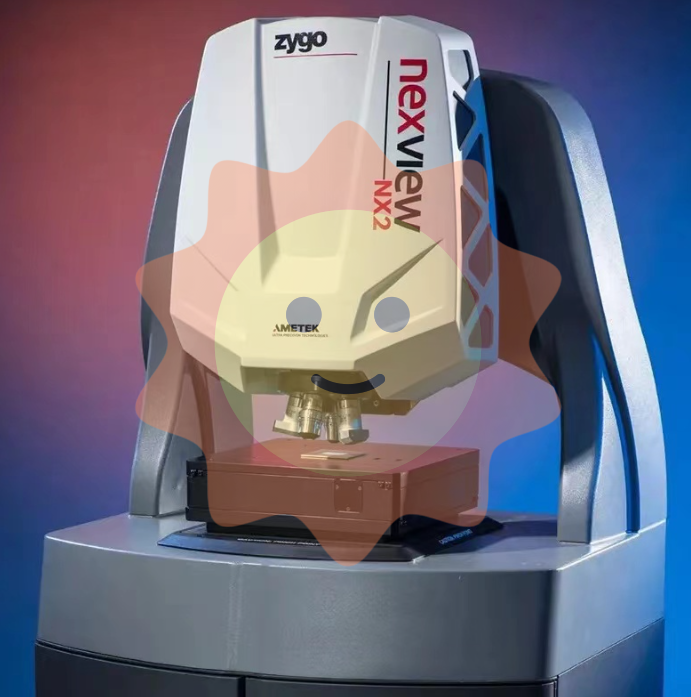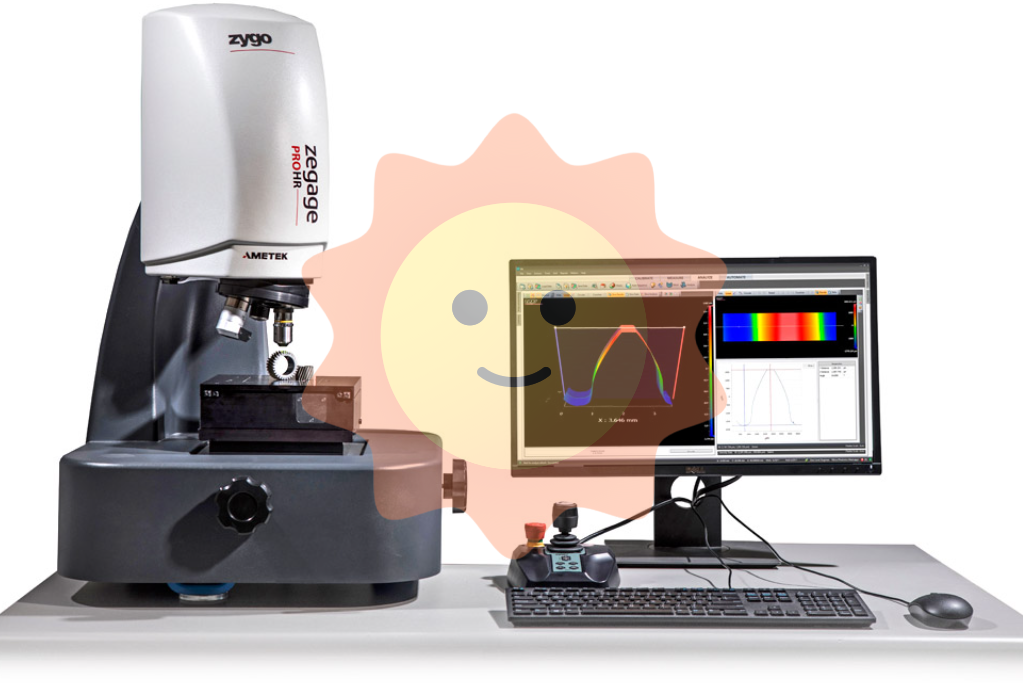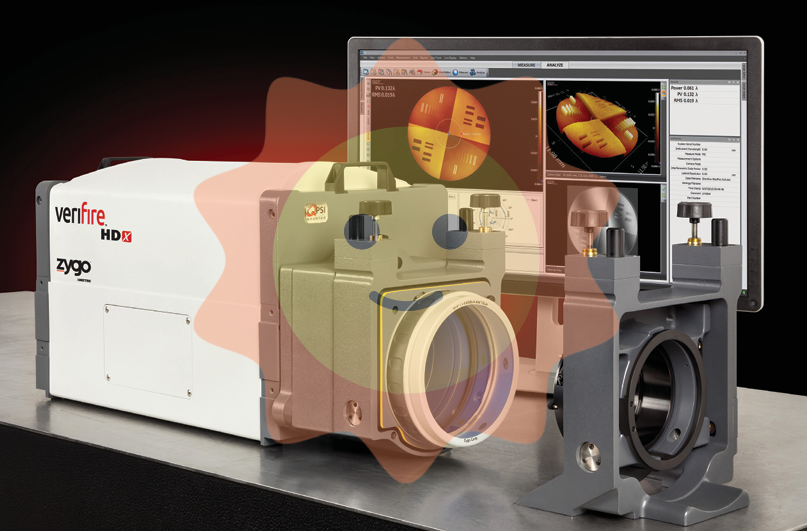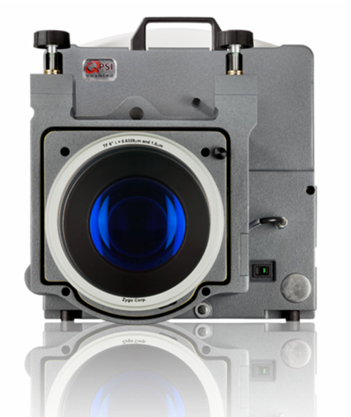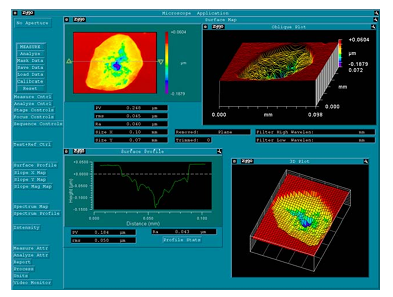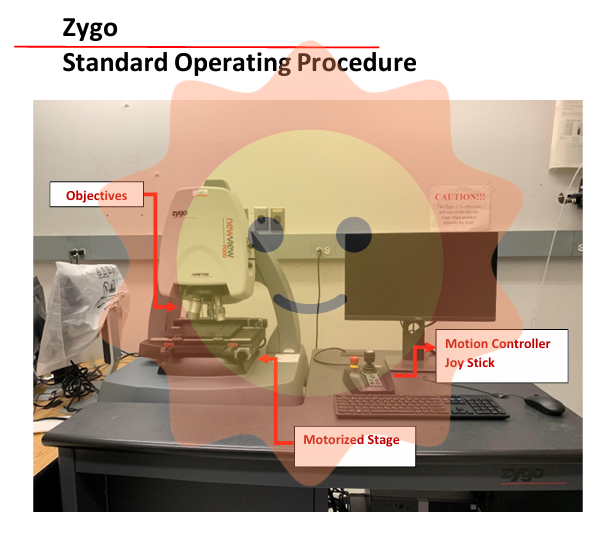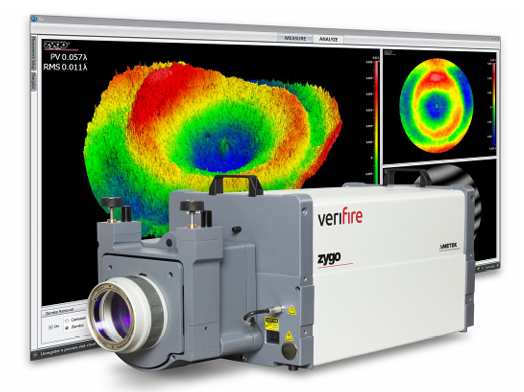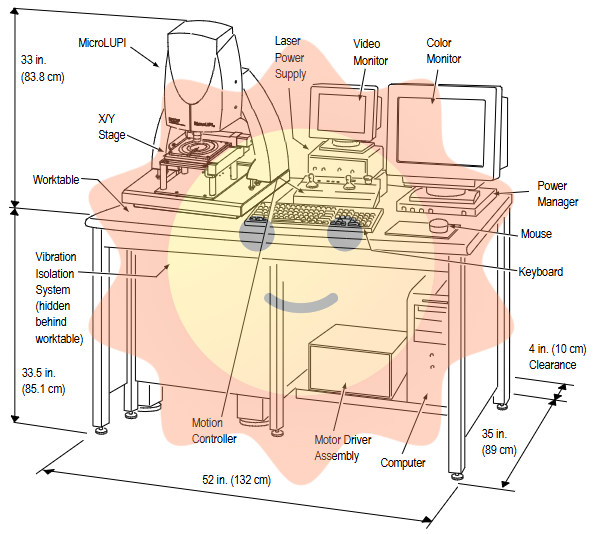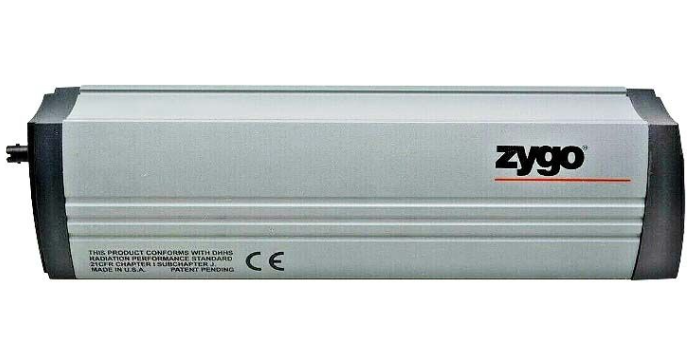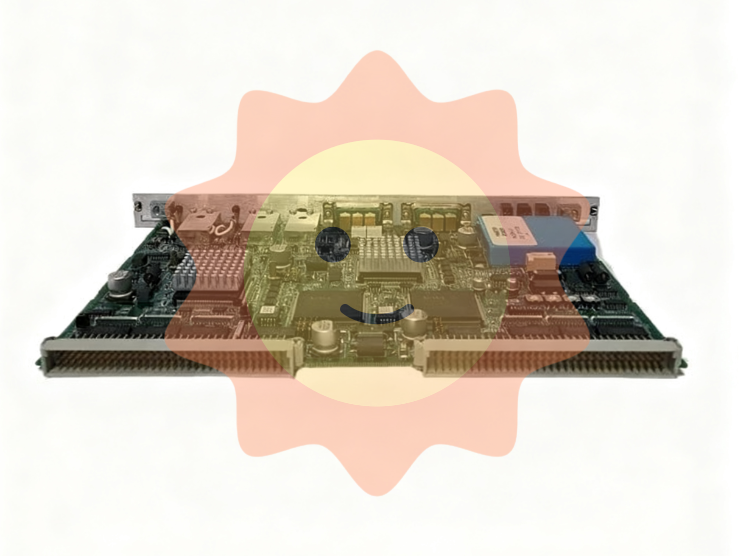ABB 3ASC25H216A DATX132 is a modular industrial controller designed for high-end industrial automation scenarios. It belongs to the core control unit series of ABB industrial control systems and is mainly used for monitoring the operation status, multi axis collaborative control, and intelligent fault handling of complex industrial equipment such as large machine tools, production line transmission systems, and heavy machinery. Its model code follows the ABB Industrial Control Product Specification, with "3ASC" as the core prefix for industrial control module products, representing that the controller is suitable for high-precision and high reliability industrial scenarios; 25H216A "is the hardware version and configuration identifier, and" DATX132 "is the functional series code, clearly indicating its attributes as a dedicated controller for distributed control and transmission coordination, which can meet the complex industrial control needs of multiple industries.
ABB 3ASC25H216A DATX132 Industrial Controller
Product Overview
ABB 3ASC25H216A DATX132 is a modular industrial controller designed for high-end industrial automation scenarios. It belongs to the core control unit series of ABB industrial control systems and is mainly used for monitoring the operation status, multi axis collaborative control, and intelligent fault handling of complex industrial equipment such as large machine tools, production line transmission systems, and heavy machinery. Its model code follows the ABB Industrial Control Product Specification, with "3ASC" as the core prefix for industrial control module products, representing that the controller is suitable for high-precision and high reliability industrial scenarios; 25H216A "is the hardware version and configuration identifier, and" DATX132 "is the functional series code, clearly indicating its attributes as a dedicated controller for distributed control and transmission coordination, which can meet the complex industrial control needs of multiple industries.
The controller adopts a distributed modular architecture, integrating high-precision signal acquisition, multi axis motion control, logical operation, industrial communication and other functions. It can seamlessly cooperate with ABB frequency converters, servo drives, sensors and other equipment. It is connected to the factory automation network (such as Profinet, EtherCAT) through standardized industrial communication protocols, providing efficient and accurate control solutions for automotive manufacturing, heavy machinery, high-end equipment and other fields. It is widely used in multi axis linkage production lines, large transmission equipment, intelligent machining centers and other scenarios.
Specification parameters
Electrical characteristics
Working voltage: DC 24V (allowable fluctuation range ± 15%, suitable for industrial equipment standard DC power supply); Power consumption: normal operation ≤ 20W, maximum load ≤ 40W; signal input types: analog (4-20mA/0-10V), digital (PNP/NPN passive/active contacts), encoder signal (incremental/absolute)
Interface configuration
Analog input (AI): 8 channels (4-20mA accuracy ± 0.1%, 0-10V accuracy ± 0.2%); Analog output (AO): 4 channels (4-20mA/0-10V, load capacity ≤ 500 Ω); Digital input (DI): 16 channels (supporting PNP/NPN, response time ≤ 1ms); Digital output (DO): 8 channels (relay output AC 250V/5A, transistor output DC 24V/2A); Encoder interface: 4 channels (supporting incremental 1024PPR and absolute PROFIBUS encoders); Communication interface: 2 EtherCAT (real-time control bus, cycle ≤ 1ms), 1 Profinet (supporting IRT protocol), 1 RS485 (Modbus RTU)
Performance parameters
Control cycle: minimum 100 μ s (axis control); Multi axis collaborative accuracy: ± 0.005mm (3-axis linkage); Logical operation response time: ≤ 50 μ s; Fault record capacity: 1000 records (including timestamp ± 0.01s, supporting waveform backtracking)
Environment and Structure
Working temperature: -20 ℃~+60 ℃ (industrial grade wide temperature, suitable for high and low temperature environments in workshops); Storage temperature: -40 ℃~+85 ℃; Protection level: IP20 (module body, suitable for installation in control cabinet); Installation method: 35mm DIN rail installation (size: 220mm × 160mm × 80mm, saving control cabinet space)
Performance characteristics
High precision multi axis collaborative control: supports 4-channel encoder interfaces and EtherCAT real-time bus, can achieve up to 8-axis linkage control, with a control cycle as low as 100 μ s, and multi axis collaborative accuracy of ± 0.005mm, meeting the strict requirements for motion accuracy in scenarios such as automotive welding robots and high-end machining centers; Built in multiple motion control algorithms (such as electronic cam, electronic gear, interpolation operation) can directly achieve complex trajectory planning (such as arc and spiral interpolation) without the need for additional motion control cards.
High reliability and anti-interference design: The hardware adopts industrial grade wide temperature element devices, and the analog input circuit has 2500V AC/1min isolation and voltage resistance. The digital I/O circuit has 1500V AC/1min isolation, effectively resisting electromagnetic interference in industrial sites; Compliant with the IEC 61000-4 series immunity standards (6kV contact discharge, 10kV air discharge, 10V/m electric field immunity), it can operate stably in workshop environments with dense frequency converters and high-power motors, without signal distortion or misoperation.
Flexible modular expansion and integration: Adopting a modular interface design, I/O points can be increased through expansion modules (up to 64 DI/32 DO channels), encoder interfaces (up to 8 channels), or communication interfaces (such as adding EtherNet/IP modules), without the need to replace the main controller to adapt to control requirements of different scales; Native support for one click configuration of ABB transmission equipment (such as ACS880 frequency converter), which can directly read frequency converter parameters and issue control instructions through EtherCAT, reducing on-site wiring and debugging time.
Intelligent fault diagnosis and operation optimization: Built in fault pre diagnosis function, which can monitor parameters such as I/O circuit current, communication link quality, module temperature in real time. When abnormalities are detected (such as DI circuit open circuit, encoder signal loss, bus delay exceeding limit), local alarms (indicator light+buzzer) are immediately triggered and fault codes are uploaded; Support fault waveform tracing, which can record key signal waveforms (such as encoder position and analog input values) 1 second before and 2 seconds after the fault. Operation and maintenance personnel can analyze the waveforms through dedicated software to quickly locate the root cause of the fault (such as current transients caused by mechanical lag).
Working principle
The ABB 3ASC25H216A DATX132 industrial controller has the core workflow of "multi-source signal acquisition real-time operation and collaboration precise instruction output state feedback and diagnosis", and the specific mechanism is as follows:
Multi source signal acquisition stage: Sensor signals (such as 4-20mA signals from pressure, temperature, and displacement sensors) are collected through AI interfaces, and after high-precision ADC conversion and hardware filtering, the data accuracy is ensured; The DI interface receives device status signals (such as limit switches and emergency stop buttons) with a response time of ≤ 1ms to avoid safety risks caused by signal delays; The encoder interface receives position signals from motors or actuators (incremental/absolute), obtains real-time position and velocity information of the motion axis, and provides basic data for multi axis collaboration; All input signals undergo photoelectric or electromagnetic isolation processing to prevent external interference from entering the core circuit of the controller.
Real time computation and collaboration stage: The core processor (based on a dual core industrial grade CPU) performs real-time computation on the collected signals according to preset control programs (such as PLCopen motion control function blocks and custom logic codes). The motion control module synchronizes the encoder data of each axis through the EtherCAT bus, executes interpolation algorithms or electronic cam logic, and calculates the target position and speed of each axis; The logic control module determines the operating status of the equipment based on the DI signal and process requirements (such as whether it meets the starting conditions and triggers an emergency stop), and collaborates with the motion control module (such as "triggering DO output after moving to the designated position"); The EtherCAT bus adopts distributed clock synchronization technology to ensure the synchronization of control instructions for each axis, and there is no phase difference when multiple axes are linked.
Precision instruction output stage: After the operation is completed, the controller outputs analog commands through the AO interface (such as 4-20mA signals to control the frequency of the frequency converter), or outputs switch commands through the DO interface (such as controlling solenoid valves and indicator lights); The transistor output DO supports PWM pulse output (frequency 0-10kHz), which can directly drive small servo motors; For multi axis control commands, they are sent to the servo drive via the EtherCAT bus with a cycle of ≤ 1ms to ensure fast response of the actuator; The output circuit is equipped with overcurrent protection and surge suppression circuits to prevent load short circuits or voltage fluctuations from damaging the controller.
Status feedback and diagnosis stage: Real time monitoring of the controller's own operating status (power supply voltage, CPU load, bus communication delay) and external device status (such as frequency converter fault codes, actuator position deviations), uploading data to the factory MES system or HMI through Profinet or Modbus; If a fault is detected (such as encoder signal loss, AO output short circuit, bus communication interruption), immediately execute the fault safety logic (such as stopping all axis movements, cutting off dangerous outputs), and record the fault information (timestamp, fault type, key parameter values) to local storage; Support reading fault records and waveform data through HMI or dedicated software to assist operation and maintenance personnel in quickly troubleshooting problems.
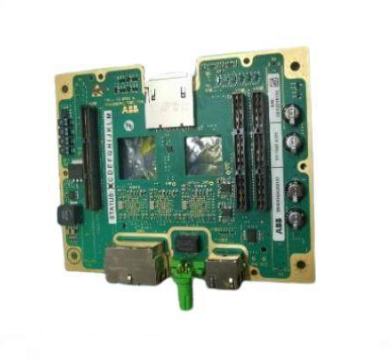
- User name Member Level Quantity Specification Purchase Date
- Satisfaction :
-









Email:wang@kongjiangauto.com

